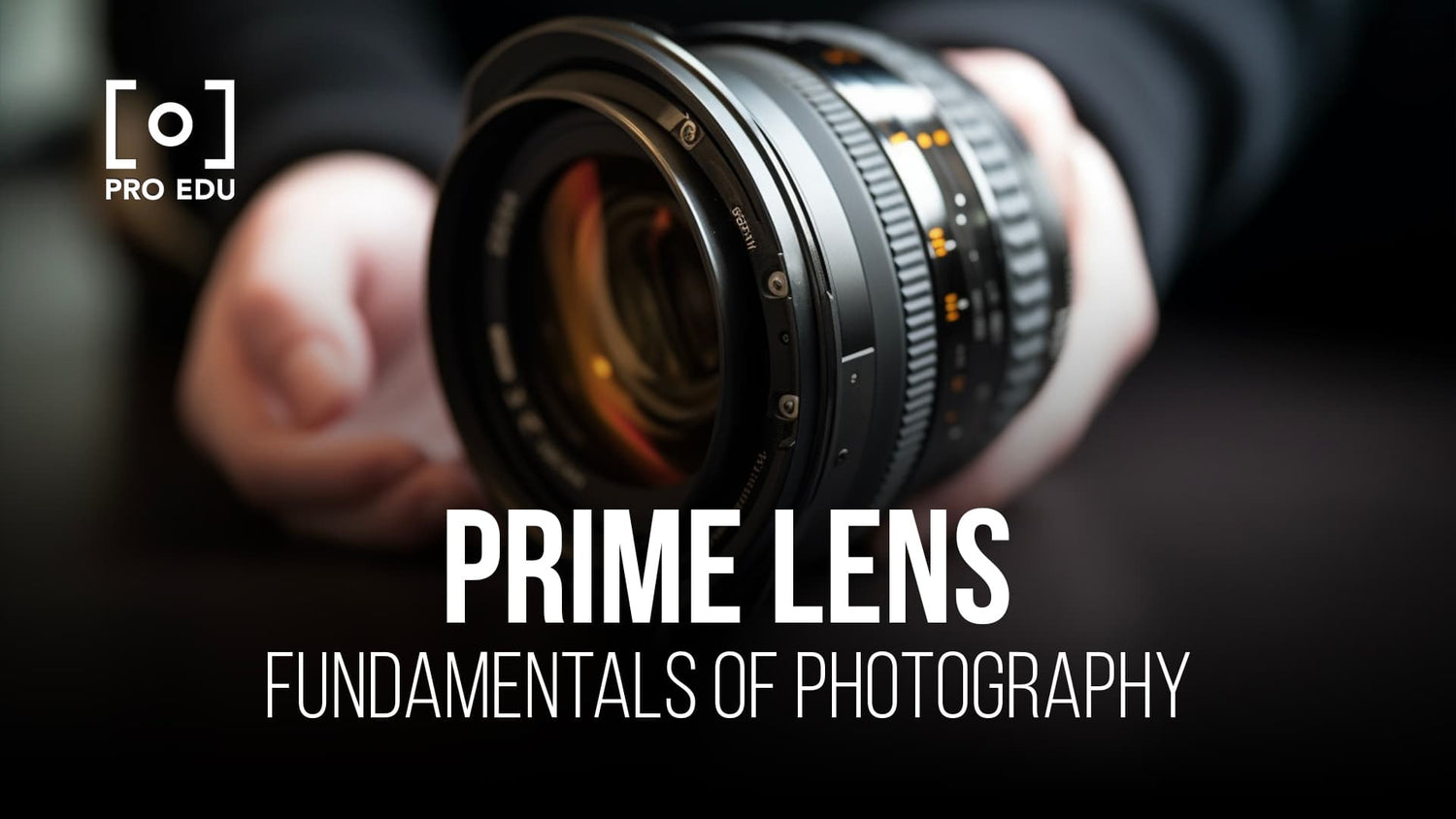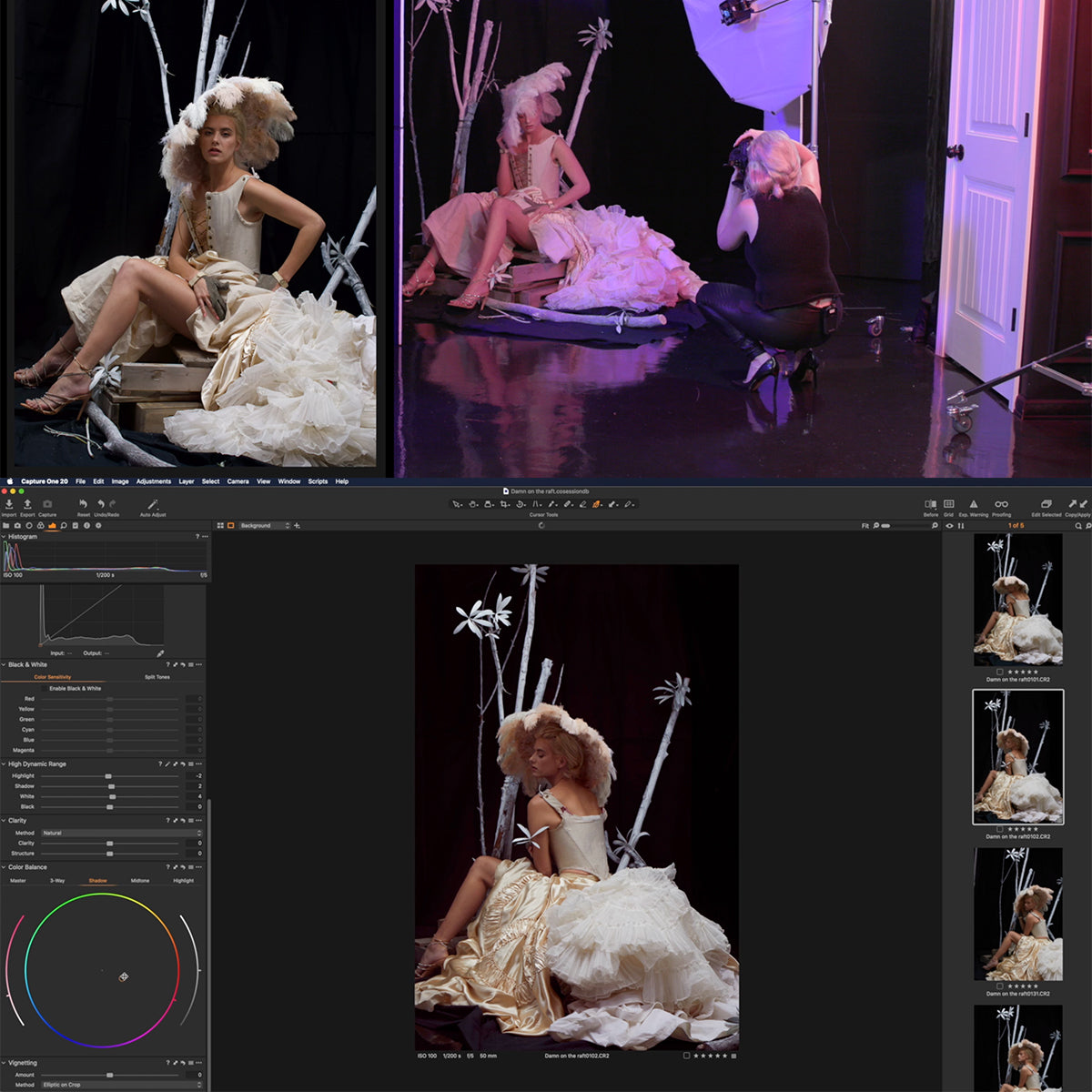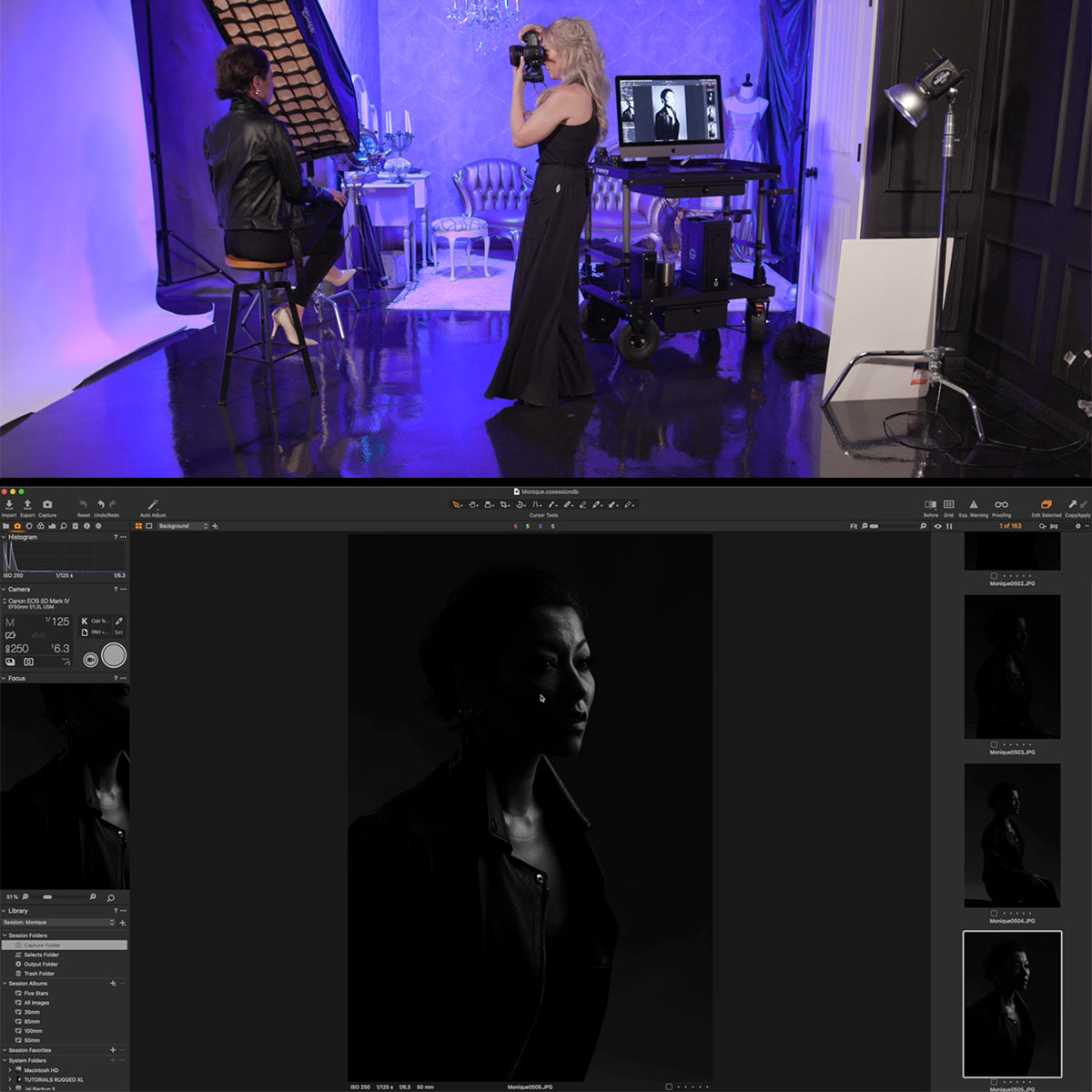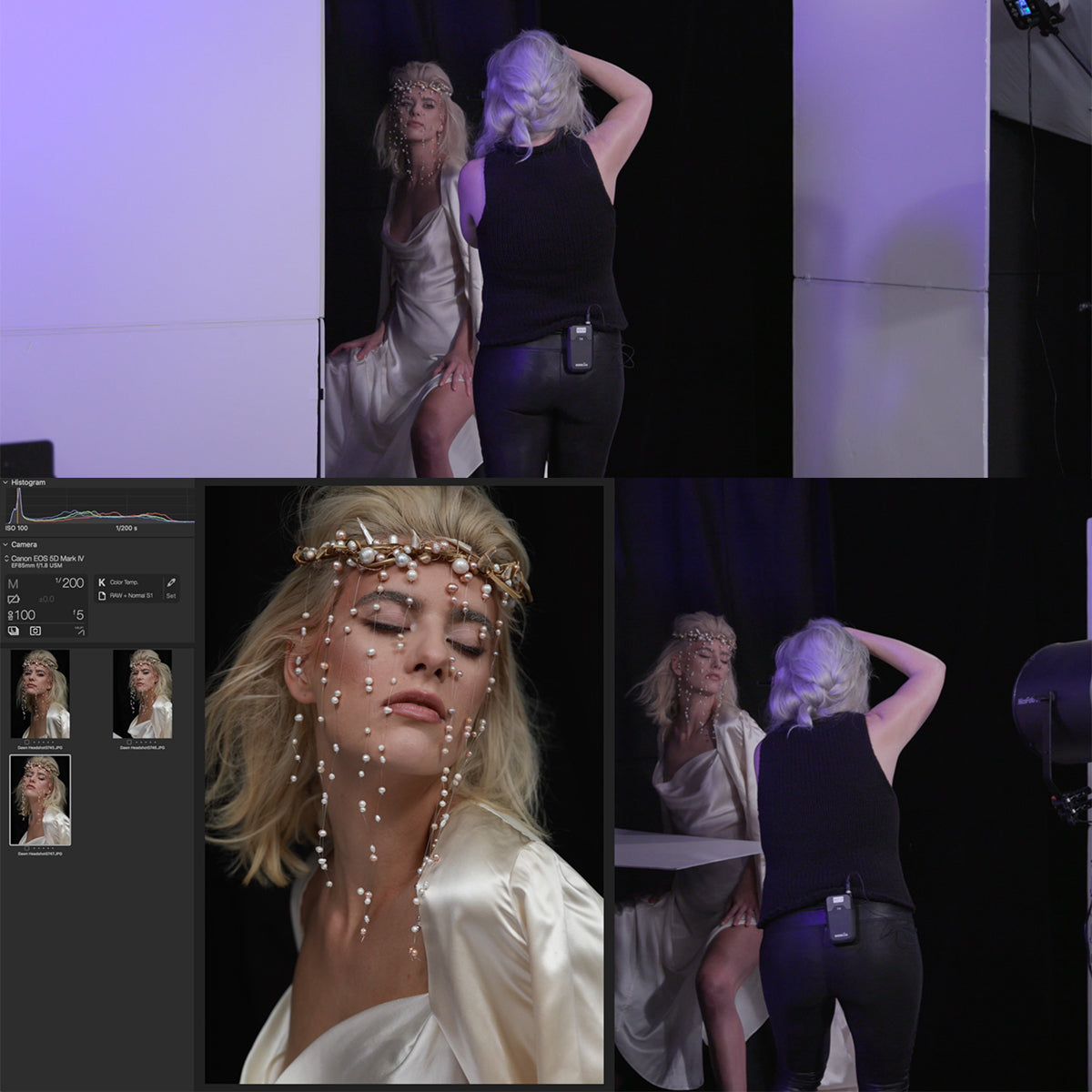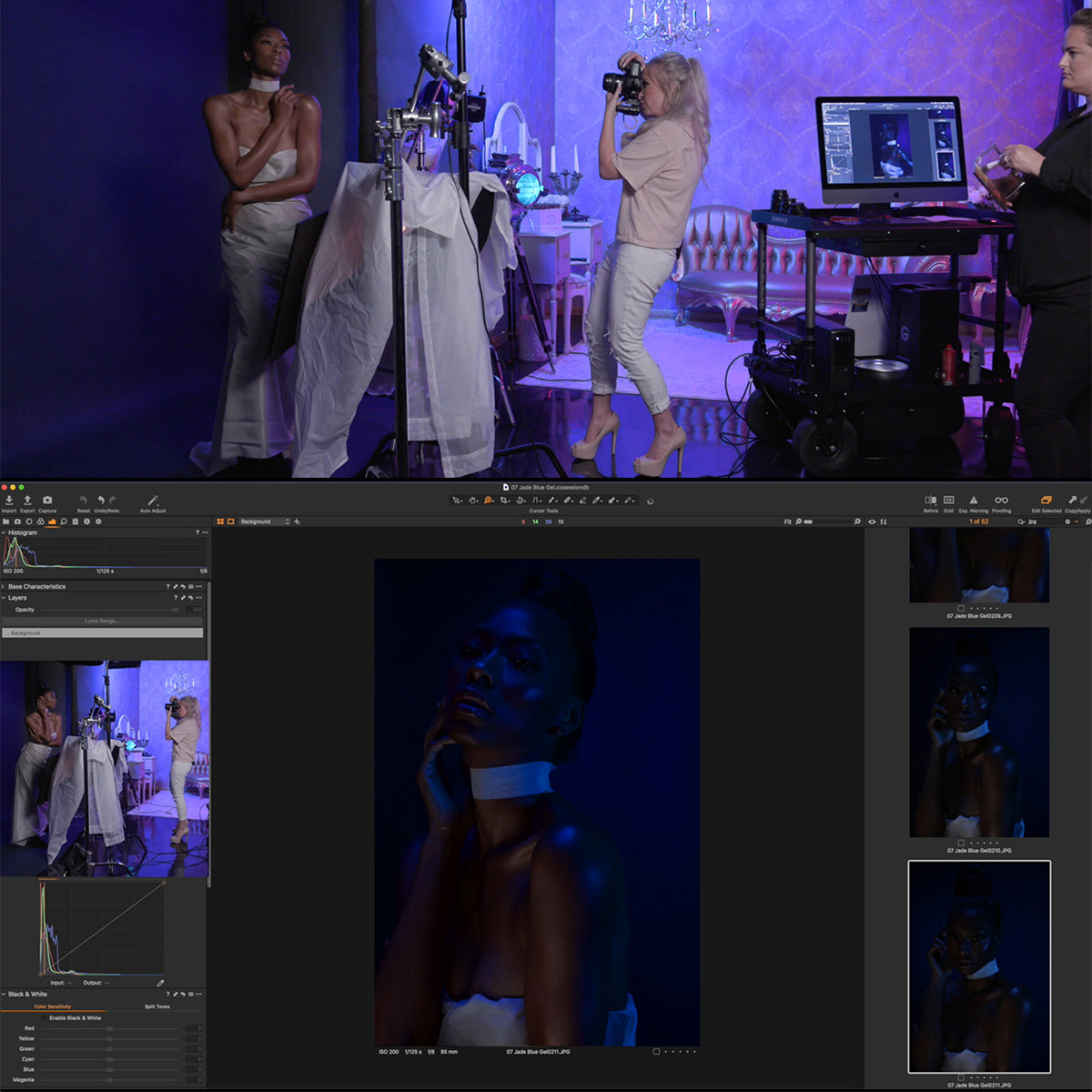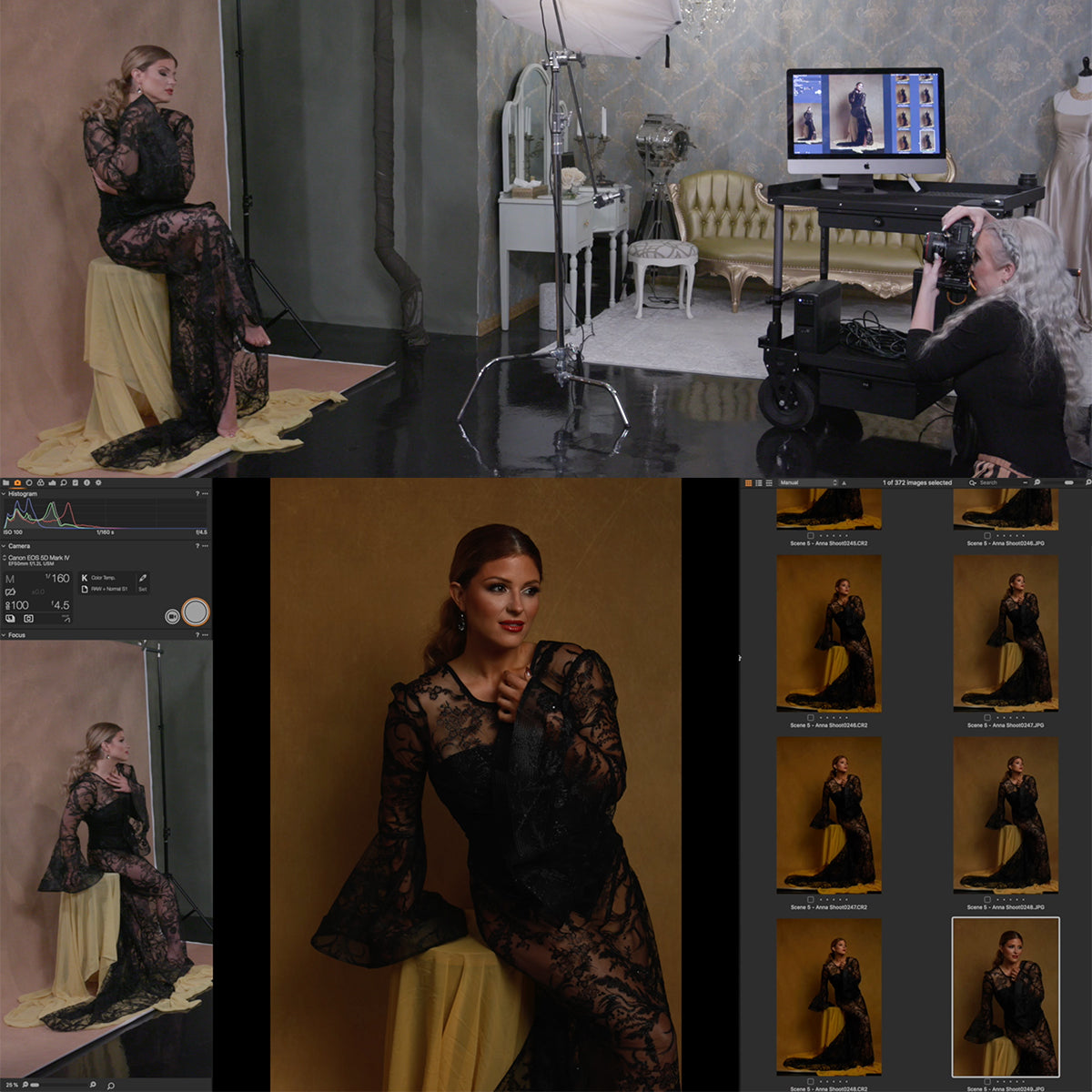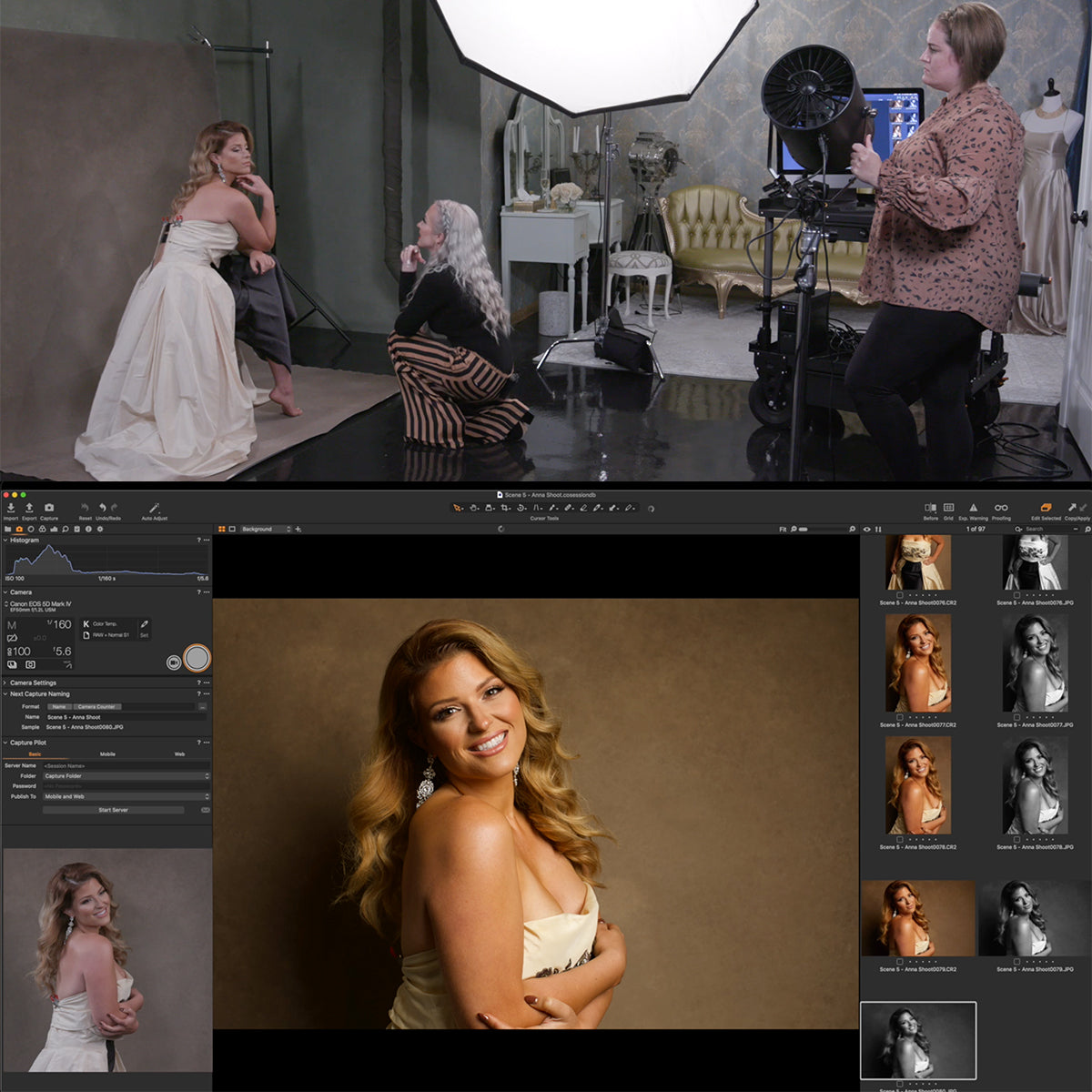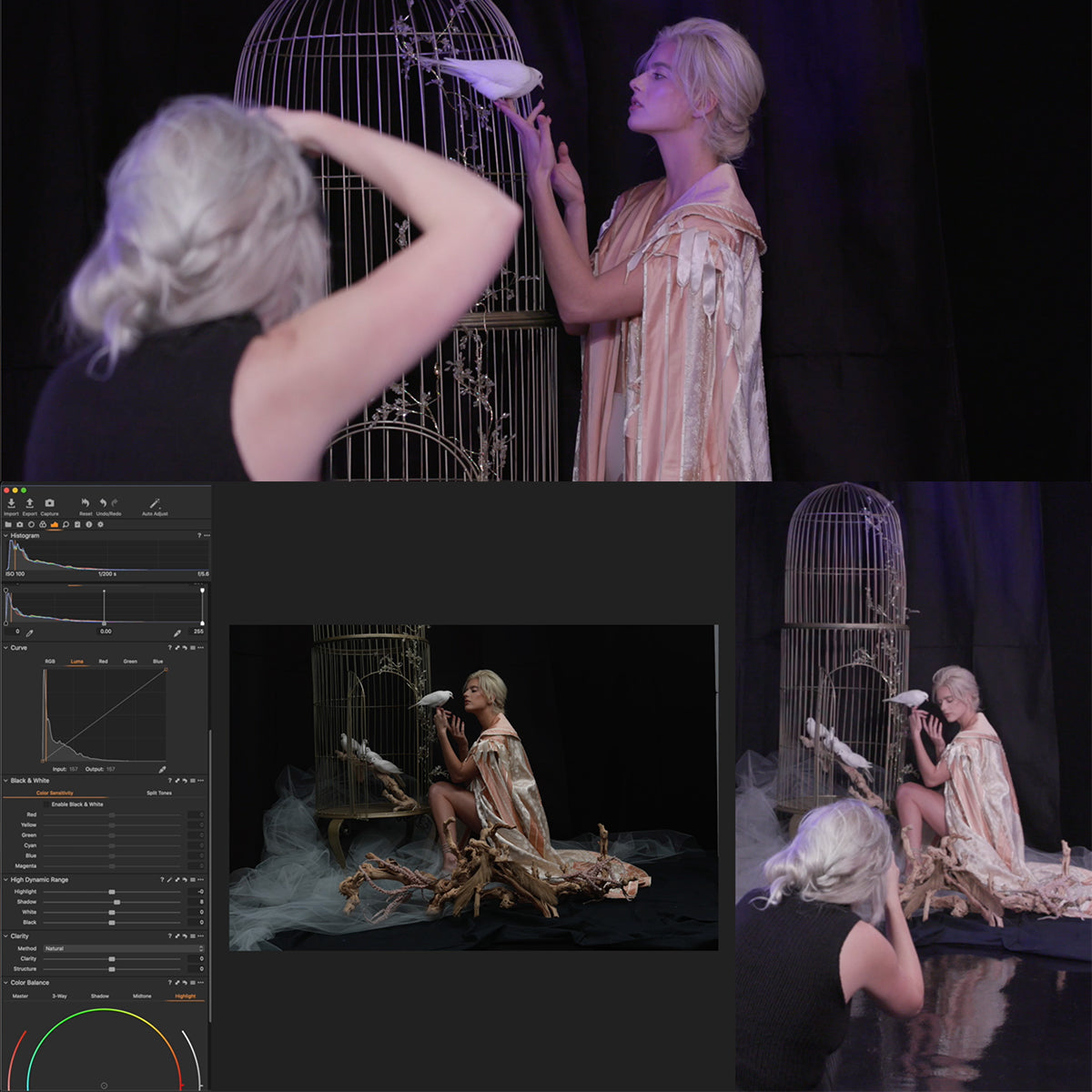Prime Lens Explained: Essential Tool for Photographers
Prime lenses are an essential tool in a photographer's arsenal. They are fixed focal length lenses, meaning they cannot zoom in or out. This may seem limiting, but the simplicity of prime lenses brings several advantages that can lead to stunning photographs and improved photography skills.
One of the major benefits of using a prime lens is the sharpness and image quality they offer. With fewer elements in their construction compared to zoom lenses, prime lenses provide less distortion, making your images sharper and more detailed. Additionally, prime lenses are known for their fast apertures, which can create beautiful bokeh effects and allow for better low-light performance.
Key Takeaways
- Prime lenses offer outstanding sharpness and image quality
- Faster apertures provide better low-light performance and bokeh effects
- Using prime lenses can help develop and refine photography skills
Understanding Prime Lenses
Prime lenses are a popular choice among photographers due to their fixed focal length, which can result in a simpler design and often superior optical performance. These lenses generally have a large maximum aperture such as f/1.4, f/1.8, or f/1.2, allowing for better low-light capabilities and achieving a shallow depth of field. This feature can help create stunning portraits with beautifully blurred backgrounds.
The compactness of prime lenses makes them small and light, allowing for easier handling and faster autofocus. This can be particularly beneficial when capturing fast-paced events or moving subjects. In addition, the fixed focal length encourages photographers to be more intentional about composition, which can lead to more creative and engaging images.
Here are a few key benefits of using a prime lens in your photography:
- Large maximum aperture: Allows more light to enter the camera, resulting in better low-light performance and a shallower depth of field.
- Compact design: Prime lenses are often smaller and lighter than their zoom counterparts, making them easier to carry and handle.
- Superior image quality: Fewer moving parts can lead to better optical performance and sharper images.
- Faster autofocus: Many prime lenses can autofocus more quickly and accurately, which is helpful when capturing action or fast-moving subjects.
Prime lenses can be a valuable addition to your photography toolkit, providing unique advantages over zoom lenses in various shooting situations. By understanding their capabilities and limitations, we can make informed decisions about which lens best suits our creative needs.
Comparison with Zoom Lenses
Zoom lenses are quite popular among photographers as well, offering a variable focal length and convenience. As opposed to prime lenses, zoom lenses allow us to change the focal length, providing versatility and flexibility in our photography. A common example is the kit lens that often comes with a DSLR camera.
We can compare prime and zoom lenses in terms of size, weight, and low-light performance. Prime lenses are generally smaller and lighter than zoom lenses, making them more portable and easier to manage. Thanks to their simpler design, prime lenses also provide better low-light performance, as they usually have larger apertures, allowing more light to enter the camera. On the contrary, zoom lenses are heavier due to their more complex mechanism and wider focal range.
Another significant difference is the image quality. Prime lenses tend to produce superior image quality, mainly because they have fewer moving parts and optical elements inside1. This results in better sharpness and fewer chances of optical abnormalities. Zoom lenses, in exchange for their flexibility, may sacrifice some image quality.
In conclusion, we can say that prime lenses have certain advantages in terms of size, weight, low-light performance, and image quality. However, zoom lenses offer a versatility that is hard to match with a prime lens. To know which lens suits best, we should consider our photographic needs and preferences.
Technical Advantages of Using Prime Lenses
One critical advantage of prime lenses is their sharpness. Unlike zoom lenses, which often lose some sharpness due to the number of lens elements, prime lenses contain fewer elements, resulting in better image quality. Another key feature is their maximum apertures. Prime lenses typically have larger apertures, making them perfect for low-light photography.
With a larger aperture, you can use faster shutter speeds and thus capture sharp images with less noise in low-light conditions. Moreover, prime lenses allow you to achieve amazing shallow depth of field and bokeh effect, which enhances the subject and helps create a professional look in your photos.
Prime lenses naturally minimize distortion. Since these lenses are designed for a specific focal length, engineers can optimize their performance, leading to reduced barrel and pin-cushion distortions. This result is especially crucial for wide-angle and telephoto shots, where distortion may be more noticeable.
In conclusion, the technical advantages of using prime lenses, such as improved sharpness, larger apertures, faster shutter speeds, better low-light capabilities, reduced distortion, and stunning depth of field, make them an essential tool for photographers. Whether you're a professional or an enthusiast, investing in a prime lens can drastically improve your photography.
Embarking on Different Photography Styles with Prime Lenses
Prime lenses are excellent for various photography styles due to their consistent focal lengths, sharp image quality, and fast apertures. We can explore different creative possibilities, from landscapes to portraiture, using different prime lenses like the 24mm, 35mm, 50mm, and 85mm.
Portraits
The 50mm and 85mm prime lenses are ideal for portraiture, as they provide a flattering perspective and beautiful background blur. Their wide apertures also allow for better low-light performance, letting us shoot with lower ISO settings to retain image quality.
Landscape and Architecture
For landscape and architecture photography, the 24mm and 35mm prime lenses are more suitable. They offer a wider field of view, capturing more of a scene without distortion. With the combination of excellent sharpness and wide apertures, we can achieve stunning, detailed images.
Street Photography
The versatility and compact size of 35mm prime lenses make them a popular choice for street photography. They provide a natural field of view and fast aperture, allowing for creative compositions and capturing decisive moments without attracting attention.
Astrophotography
Prime lenses also excel in astrophotography due to their wide apertures and sharpness. Fast lenses like the 24mm or 35mm can gather light more effectively, capturing details of celestial bodies and minimizing the effects of camera shake or motion blur.
Event Photography and Videography
The speed and image quality of prime lenses make them valuable for event photography and videography. With the ability to perform well in low-light situations and create beautiful background blur, we can capture stunning images and videos during weddings, concerts, and other events.
In summary, prime lenses offer a range of benefits for various photography styles. Their sharpness, fast apertures, and consistent focal lengths allow us to unlock our creativity, producing stunning images and videos across various genres.
Choosing the Right Prime Lens for Your Camera
When considering prime lenses, it's essential to take into account your camera's sensor size, whether it's a full-frame or crop sensor like APS-C. Crop sensor cameras have a smaller field of view compared to full-frame cameras, so it's important to select the right focal length for your needs.
A 35mm lens works as a versatile standard prime lens for both full-frame and APS-C cameras. It provides a natural field of view suitable for various photography styles, from landscapes to portraits. For those with APS-C cameras, this focal length resembles roughly a 50mm lens on a full-frame.
The classic nifty fifty, a 50mm lens, is popular among photographers for its affordability and versatility. It's perfect for portraits, street photography, and low-light situations on full-frame cameras. On APS-C cameras, it behaves more like an 85mm lens, making it great for tighter portraits.
Speaking of the 85mm lens, it's a favorite among portrait photographers due to the compressed perspective and beautiful background blur it produces. It's especially suited for full-frame cameras, but can also be used on crop sensor cameras for a more telephoto effect.
Wide-angle lenses such as 24mm or 28mm primes are fantastic for landscapes, architecture, and tight spaces. They are available for both full-frame and APS-C cameras, providing you with the extra field of view needed for these genres of photography.
Macro lenses are designed for close-up photography, usually featuring a 1:1 magnification ratio. They come in various focal lengths, with common options being 60mm, 90mm, or 105mm. These primes are perfect for capturing small details or subjects such as insects, flowers, or product photography.
Lastly, consider factors like build quality, optics, and budget when choosing the perfect prime lens for your gear bag. With these essentials in mind, you'll be well-equipped to make an informed decision and elevate your photography skills to new heights.
Frequently Asked Questions
What are the main advantages of using a prime lens in photography?
Prime lenses offer several advantages for photographers. They typically produce sharper images and have a larger aperture, allowing for better low-light performance. Due to their simpler construction, they are also often lighter and more compact than zoom lenses.
How does a prime lens differ from a zoom lens?
The primary difference between prime and zoom lenses is that prime lenses have a fixed focal length, while zoom lenses offer a range of focal lengths. This means that with a prime lens, you need to physically move closer or farther from your subject to change perspective, whereas with a zoom lens, you can do so by adjusting the focal length.
Which focal lengths are most popular for prime lenses?
Popular focal lengths for prime lenses include wide-angle options like 14mm - 35mm, standard focal lengths like 35mm and 50mm, and telephoto options like 85mm and 135mm. The choice of focal length depends on your desired field of view and intended purpose, such as portrait, landscape, or street photography.
Are prime lenses better suited for certain types of photography?
Prime lenses are well-suited for different types of photography, such as portrait photography, where the wide aperture creates beautiful bokeh background blur. Their sharpness and low-light performance also make them ideal for landscape, street, and astrophotography. However, they can be used in any genre of photography, depending on the photographer's personal preferences and creative vision.
What factors should be considered when choosing a prime lens?
When choosing a prime lens, consider factors such as focal length, aperture, compatibility with your camera, build quality, and your budget. Additionally, think about your intended use, as different prime lenses may be better suited for certain types of photography.
How do Prime Lenses from various brands like Nikon and Canon differ?
Prime lenses from different brands such as Nikon and Canon may differ in terms of optics, build quality, focusing systems, and price. Some photographers prefer the color reproduction, sharpness, or bokeh produced by a particular brand's lenses. Ultimately, the preference for one brand over another might come down to personal taste, brand loyalty, or compatibility with existing gear.


